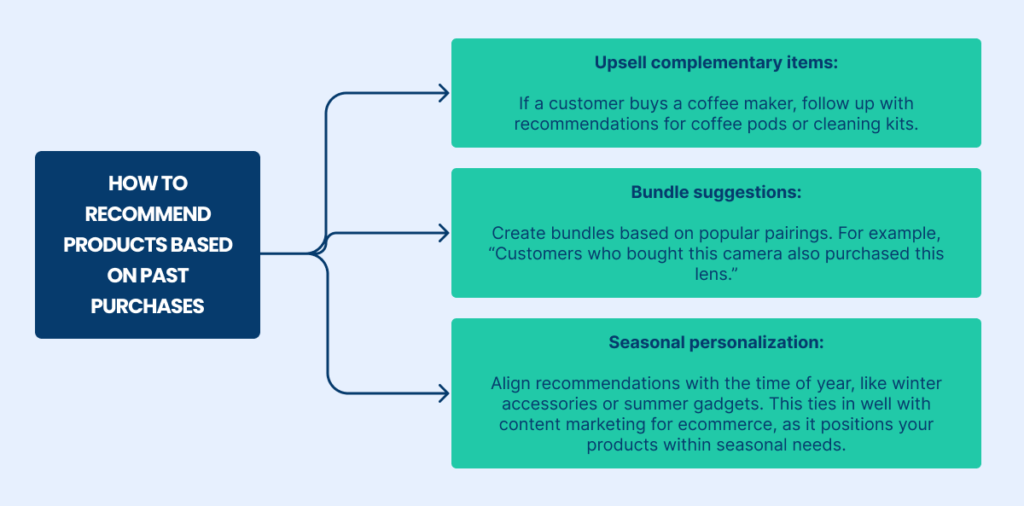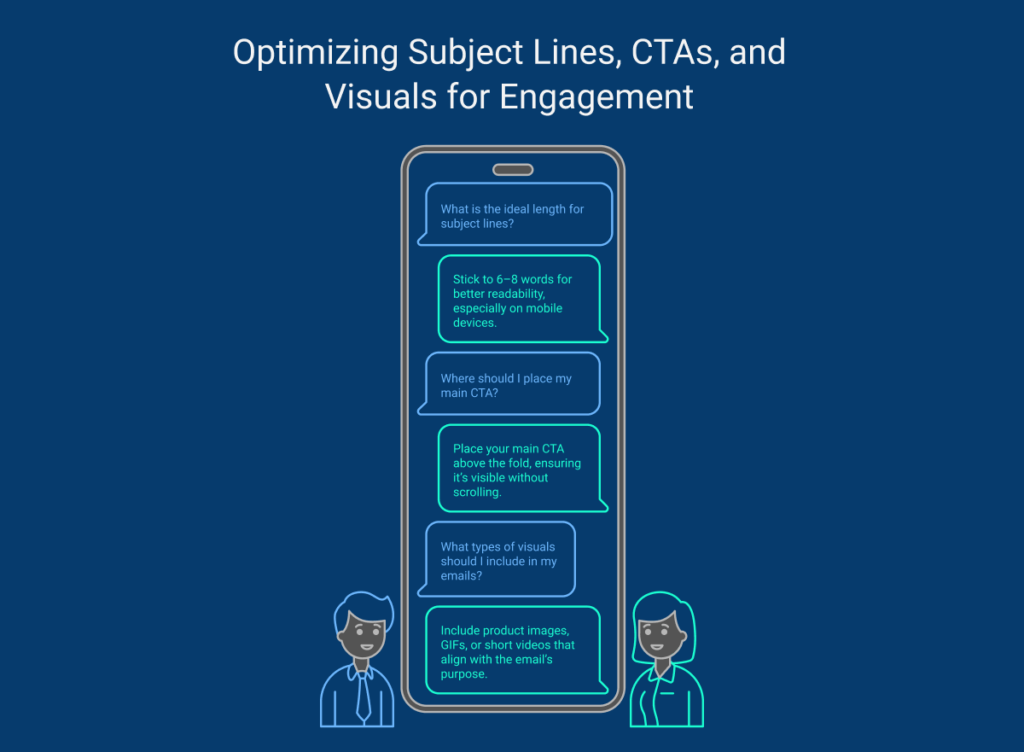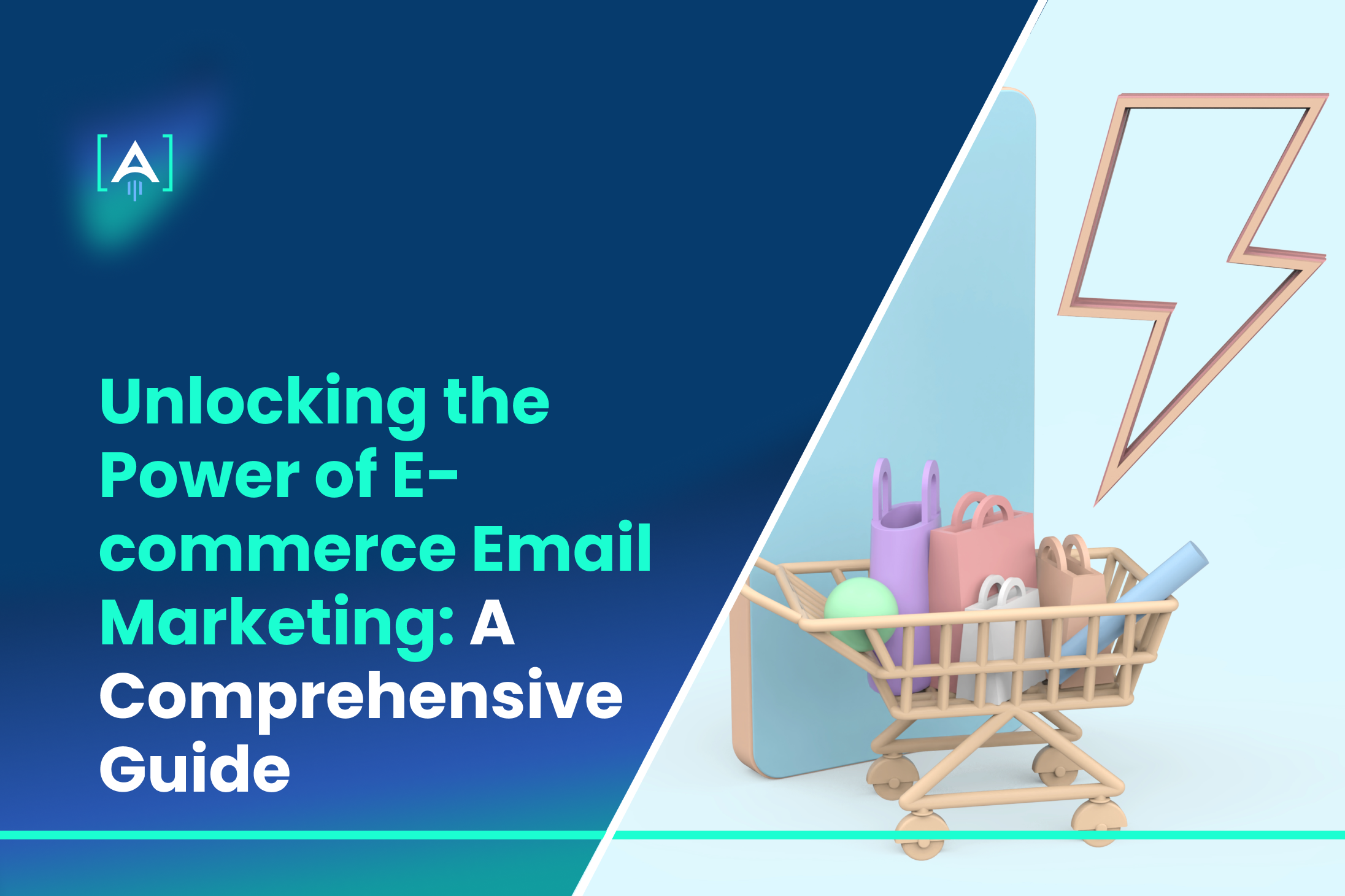Think about your inbox.
Among the bunch of messages, certain emails catch your eye. Maybe it’s a discount on a product you’ve been eyeing or a friendly update from your favorite store.
These moments aren’t accidents—they’re carefully crafted, and that’s the magic of e-commerce email marketing.
The Global eCommerce sales accounted for $6.3 trillion in 2024.
Source: SellersCommerce
The sales will continue growing at a CAGR of 7.8% between 2024 to 2027 and reach $8 trillion by 2027. The statistics show that e-commerce isn’t just growing—it’s dominating the way people shop.
With $8 trillion on the horizon,is the transformation in consumer behavior.
Indeed, a professional E-Commerce Marketing Agency will build meaningful connections, create personalized experiences, and stay consistently visible in your customers’ lives.
What makes email so powerful?
- Direct access: It lands right in your audience’s inbox, away from social media distractions.
- Personal touch: Tailor messages based on preferences, purchase history, and even birthdays.
- Actionable insights: Track what works—open rates, clicks, and conversions tell the story.
Ready to connect, inspire, and sell—one email at a time? Let’s go deeper into the details.
Not Just a List: How to Build a Community with Emails
Building an email list isn’t about collecting as many addresses as possible.
It’s about creating a community of engaged individuals who trust your brand and are genuinely interested in what you offer.
Consider your email list as your inner circle of loyal customers, not just a database of names.
Ethical Email List-Building Strategies
When growing your email list, honesty and transparency are your best allies.
People are more likely to join your community when they know they’ll receive value.
- Be clear about what you’re offering: Whether it’s exclusive discounts, early access to products, or helpful tips, let potential subscribers know exactly what to expect.
- Follow legal guidelines: Ensure your signup process complies with GDPR or CAN-SPAM laws, depending on your audience. This builds trust and protects your reputation.
- Respect boundaries: Never purchase email lists. While it might seem like a shortcut, it damages trust and lowers engagement rates. Focus on attracting people who want to hear from you.
Use Incentives, Gated Content, and Interactive Forms
Incentives and interactive elements are great ways to encourage signups while keeping things engaging:
- Offer something valuable: Examples include:
- A 10% discount for first-time buyers.
- Free shipping on their next order.
- Access to a free eBook or guide related to your products.
- Use gated content strategically: Share helpful resources, like tutorials or templates, that are only accessible after signing up. For example, an e-commerce agency might provide a downloadable checklist for better e-commerce SEO.
- Make signups fun: Add interactive forms, such as quizzes that recommend products based on user preferences. People are more likely to provide their email if the process feels engaging and useful.
Opt-in Magic: Crafting Irresistible Signup Forms
Your signup form is the first step in turning visitors into subscribers. A clunky or uninspiring form can stop potential customers in their tracks, while a thoughtful, well-designed form encourages signups.
Elements of High-Converting Opt-in Forms
A successful signup form doesn’t overwhelm or confuse—it invites. Here’s what to include:
- A clear, bold headline: Your headline should immediately communicate the value of signing up. For example, “Get Exclusive Offers Straight to Your Inbox” works better than “Join Our Newsletter.”
- Short and sweet fields: Ask for the essentials—usually just an email address and maybe a first name. Lengthy forms reduce completion rates.
- Compelling visuals: Use eye-catching colors and simple designs that align with your brand. A professional yet approachable design works best for e-commerce selling strategies.
- Proof of value: Highlight benefits in a short bullet list under the form:
- “Be the first to know about new arrivals.”
- “Receive personalized recommendations.”
- “Enjoy special subscriber-only discounts.”
The Science of Personalization
Crafting personalized emails is more than adding a name to the subject line. It’s about creating messages that feel like they were written just for the reader.
When done well, personalization strengthens customer relationships, boosts engagement, and drives sales.
According to a study by Epsilon, 80% of consumers are more likely to make a purchase when brands offer personalized experiences.
Source: McKinsey Report
Dear [First Name], It’s More Than a Gimmick
Personalization starts with small details, like greeting your subscribers by name. But that’s just the tip of the iceberg.
To truly make an impact, personalization must go deeper—using data and behavior to create tailored experiences.
Using Dynamic Fields and Behavioral Data
- Dynamic fields: Add fields like location, recent purchases, or interests to make emails more relevant. For example, “Hi, Alex! Your favorite sneakers are back in stock.”
- Behavioral insights: Use ecommerce analytics to track what customers browse, click, or buy. This data helps craft emails that align with their needs. For instance:
- A customer browses camping gear? Send an email showcasing new hiking boots.
- Someone abandons a cart? Remind them with an email featuring the product and a small incentive, like free shipping.

Designing Emails That Convert
Good email design goes beyond aesthetics. It’s about guiding readers from opening the email to taking action.
A well-designed email has clear goals, easy navigation, and visuals that complement the message.
From Open to Action: What Makes Emails Click?
Emails succeed when they inspire action.
Whether it’s clicking a button, viewing a product, or completing a purchase, the journey from open to action depends on several elements.
Anatomy of a High-Performing Email
- Attention-grabbing subject line: Start strong with a clear, compelling subject line that promises value.
- Personalized greeting: Address the recipient by name to create an instant connection.
- Engaging copy: Use concise, benefit-focused text that speaks directly to the reader’s needs. Avoid overwhelming them with unnecessary details.
- Visual hierarchy: Break text into sections with bold headings, bullet points, and whitespace. This makes the email easy to skim.
- Clear call-to-action (CTA):
- Keep it short and actionable: “Shop Now,” “Grab the Deal,” or “Explore More.”
- Use contrasting colors to make the CTA button stand out.

Mastering Automation
Automation takes the heavy lifting out of ecommerce email marketing, allowing businesses to engage customers consistently and effectively.
From keeping carts full to bringing back long-lost shoppers, automation makes email marketing for ecommerce scalable and impactful.
Your Tireless Email Assistant: Setting Up Automation That Works
Think of automation as a helpful assistant working behind the scenes.
It’s about sending the right message at the right time—without manual effort.
Source: Business dasher
Drip Campaigns: Building Relationships Over Time
Drip campaigns are pre-written email sequences sent at intervals to guide customers through their journey.
For example:
- A welcome series introduces your brand and builds trust with new subscribers.
- An educational sequence explains how to use your products or shares expert tips, aligning with content marketing for ecommerce.
- Post-purchase emails suggest ways to maximize the value of their purchase, helping boost customer retention strategies.
Interactive Emails: Turning Inboxes Into Playground Experiences
Interactive emails go beyond static text and images—they invite readers to engage.
This creates a more immersive experience, driving higher engagement and conversions.
Explore AMP Emails, Live Polls, and Embedded Videos
Interactive elements make your emails stand out:
- AMP emails: Allow customers to take actions directly in the email, like filling out forms or making reservations.
- Live polls and quizzes: Let subscribers vote, answer questions, or get tailored recommendations. For example, “What’s your coffee personality? Find out now!”
- Embedded videos: Show product demonstrations or customer testimonials to build trust. According to Campaign Monitor, adding videos to emails can increase click-through rates by up to 300%.
UGC Emails: Featuring Your Customers as the Stars of the Show
User-generated content (UGC) taps into the power of social commerce.
Highlighting real customers creates trust and a sense of community, making your brand relatable and approachable.
Incorporating User-Generated Content Like Reviews and Testimonials
People trust people.
Including UGC in your emails can inspire confidence and drive sales:
- Showcase product reviews: Add a snippet of a glowing review, paired with the product image, to reassure potential buyers.
- Feature customer photos: Share images of real customers using your products. Encourage submissions through ecommerce social media marketing campaigns.
- Highlight testimonials: A short, heartfelt testimonial can make your email feel genuine and compelling.
The Numbers Game: Making Data-Driven Email Decisions
Effective ecommerce email marketing is built on understanding what works and why.
Source: Fortune Business Insights
Numbers are your guide, and focusing on the right metrics will keep your strategy sharp.
Metrics Beyond Opens and Clicks
While open and click-through rates matter, advanced metrics give a fuller picture of your success:
- Customer Lifetime Value (CLV): Understand how much revenue each customer generates over time. Higher CLV often comes from loyal customers nurtured by personalized emails and retention strategies.
- Return on Investment (ROI): For every dollar spent on your email marketing e commerce, how much are you earning back? Email ROI averages $36 for every $1 spent, making it a top channel for e commerce selling strategies.
- Conversion Rate: This tells you how many email recipients actually complete a purchase after clicking through. A low conversion rate may signal issues with your landing pages or product offerings.
- Bounce Rate: How many emails failed to reach their destination? High bounce rates could indicate poor list hygiene or outdated contacts.
- Unsubscribe Rate: If people are opting out frequently, reassess your content. Are you sending too often? Is the content relevant?
How to Use Heatmaps and Scroll Tracking for Email Optimization
Want to know how readers interact with your emails?
Heatmaps and scroll tracking are visual tools that reveal where people engage the most:
- Heatmaps: Show where users click within an email. Use this data to adjust your CTA placement or test new button designs.
- Scroll Tracking: Understand how far readers scroll before losing interest. If they’re not reaching the bottom, move important information higher up or break long emails into shorter sections.
Example: If a heatmap shows readers clicking on product images but not the CTA, consider linking the images directly to your ecommerce website building platform or product pages.
Key Takeaways: Ecommerce Email Marketing
- Email Marketing is a Powerhouse for E-commerce Growth
With an average ROI of $36 for every $1 spent, email marketing remains one of the most cost-effective strategies for driving sales, building loyalty, and fostering direct connections with customers.
- Personalization is the Key to Engagement
Tailored emails based on customer behavior, preferences, and past purchases significantly increase engagement and conversions. Personal touches, like dynamic fields and behavioral triggers, create a deeper connection with your audience.
- Automation Streamlines Customer Journeys
Automated workflows like drip campaigns, cart abandonment emails, and re-engagement sequences ensure consistent communication without manual effort. These workflows help nurture leads, recover sales, and keep customers engaged.
- Advanced Analytics Drive Smarter Decisions
Metrics beyond opens and clicks—like customer lifetime value (CLV), conversion rates, and bounce rates—provide valuable insights to refine your strategy. Tools like heatmaps and A/B testing further optimize email performance.
- Interactive and UGC Emails Build Community and Trust
Incorporating elements like live polls, AMP emails, and user-generated content (e.g., reviews and testimonials) makes emails more engaging and relatable. These strategies not only boost conversions but also strengthen your brand’s credibility and connection with customers.
Conclusion: Turning Clicks into Connections
E-commerce email marketing is about building relationships that last. As e-commerce continues to grow, the brands that succeed will be the ones that use email to create a sense of community, trust, and loyalty.
With the right strategies, your emails can do more than sell—they can transform casual shoppers into lifelong customers. Indeed, [A] Growth Agency will be your supporter.
From crafting compelling campaigns to leveraging advanced analytics, we help you turn clicks into meaningful connections. Together, we’ll create emails that aren’t just opened but remembered—messages that inspire action and build loyalty.

